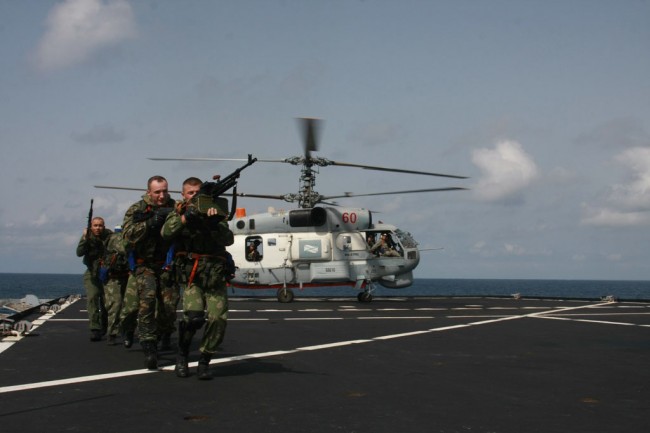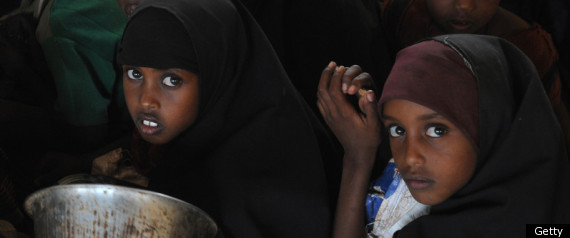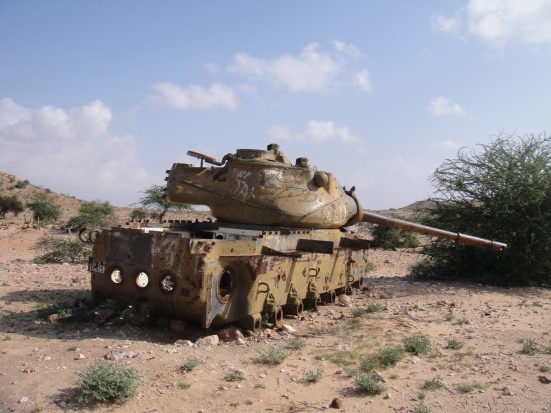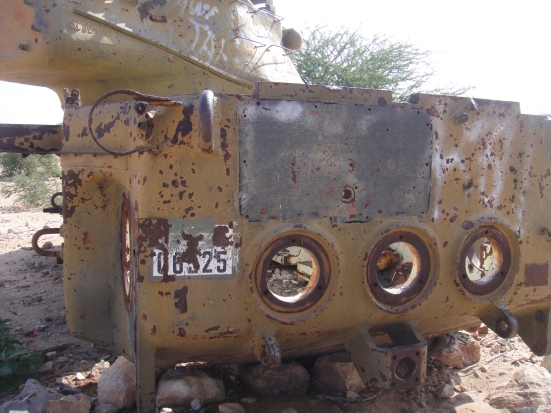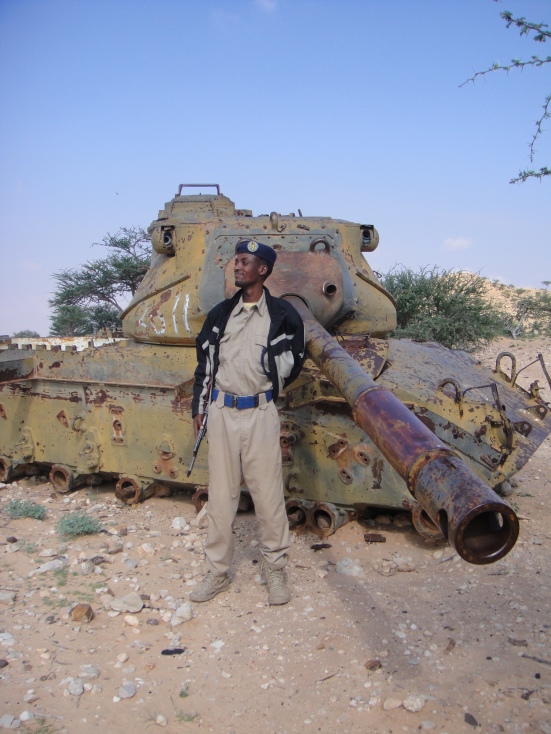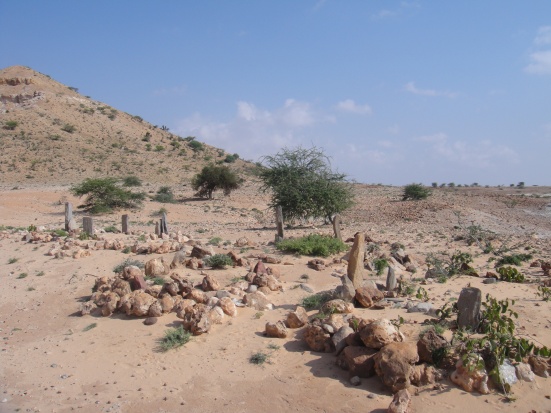05 février 2013
MOGADISCIO — Une Somalienne qui affirme avoir été violée par des membres des forces de sécurité, et un journaliste auquel elle s'est confiée, ont été condamnés mardi à un an de prison pour "outrage aux institutions".
Le verdict prononcé par un tribunal de Mogadiscio conclut une procédure dénoncée par les Nations unies et plusieurs organisations de défense des droits de l'Homme comme une tentative d'étouffer la parole de la victime présumée.
"Nous la condamnons pour avoir outragé les institutions de l'Etat en affirmant avoir été violée", a déclaré lors d'une audience publique le juge Ahmed Adan à propos de cette déplacée somalienne.
"Elle passera un an en prison après avoir fini d'allaiter son bébé", a-t-il ajouté, ordonnant sa libération dans l'intervalle.
Le journaliste indépendant Abdiaziz Abdinuur a de son côté été déclaré coupable d'avoir "outragé les institutions de l'Etat en faisant une fausse interview et d'être entré dans la maison d'une femme dont l'époux était absent", selon le juge.
Incarcéré depuis début janvier, le journaliste, employé par plusieurs radios somaliennes et qui n'a jamais diffusé l'interview, a été immédiatement reconduit en prison.
Trois autres prévenus ont été relaxés et libérés.
Selon plusieurs ONG internationales de défense des droits de l'homme, ces trois personnes, dont l'époux de la présumée victime de viol, soupçonnés d'avoir mis celle-ci en relation avec le journaliste, étaient accusés de l'avoir aidée à se soustraire à une enquête et d'avoir tenté de tirer profit de ses affirmations.
Les cinq prévenus risquaient jusqu'à six ou neuf ans de prison.
La femme avait réaffirmé samedi, en comparaissant menottée devant la justice, avoir été violée par cinq hommes, dont plusieurs armés de fusils mitrailleurs.
Le procureur général Abdukadir Mohamed Muse avait de son côté accusé les prévenus de s'être "unis pour outrager des institutions étatiques, la police et l'armée, en mettant sur pied une fausse histoire de viol".
"Nous avons des témoins qui prouveront que toute cette histoire de viol a été fabriquée par cet homme, qui prétend être journaliste, avec l'aide des autres accusés," avait-il ajouté.
L'avocat Mohamed Mohamud Afrah, qui défendait l'ensemble des prévenus, a qualifié la décision du tribunal de "contraire aux lois tant somaliennes qu'internationales". "On ne m'a pas donné la possibilité de défendre légalement les prévenus", a-t-il ajouté.
De son côté, le président du Syndicat des journalistes somaliens, Mohamed Ibrahim, y voit "une erreur judiciaire et une attaque contre la liberté de la presse".
Selon Human Rights Watch (HRW), Amnesty International et le Comité pour la protection des journalistes (CPJ), cette affaire est "liée à l'attention accrue accordée par les médias au nombre important de viols et de violences sexuelles (en) Somalie, notamment d'agressions attribuées aux forces de sécurité".
L'interview incriminée a été réalisée deux jours après qu'une télévision locale eut fait état du viol d'une femme par des hommes en uniforme de policiers et après la diffusion ce même jour par la chaîne satellitaire Al-Jazeera d'un reportage sur des cas de viols commis par les forces de sécurité dans des camps de déplacés autour de la capitale somalienne.
La Somalie est ravagée depuis plus de 20 ans par la guerre civile et livrée aux milices claniques, groupes islamistes et gangs criminels.
L'élection en septembre dernier du président Hassan Cheikh Mohamoud, après une décennie de gouvernements transitoires sans pouvoir ou corrompus, a suscité l'espoir de doter enfin la Somalie d'une réelle autorité centrale dont elle est privée depuis la chute du président Siad Barre en 1991.
Mardi, le ministre britannique des Affaires étrangères William Hague a indiqué sur Twitter avoir abordé cette affaire lors d'une rencontre avec le chef de l'Etat somalien, en visite en Europe, et lui avoir fait part de "l'importance pour les victimes de sentir qu'elles peuvent s'exprimer" pour dénoncer les faits.
Dans un récent communiqué commun, M. Mohamoud et Catherine Ashton, chef de la diplomatie européenne, avaient souligné le besoin en Somalie, notamment, "d'un système judiciaire offrant un accès équitable à tous les Somaliens".
Mais selon HRW, "inculper une femme affirmant avoir été violée est un mépris affiché à l'égard des nouvelles priorités du gouvernement somalien".
La représentante spéciale des Nations unies chargée des violences sexuelles, Zainab Hawa Bangura, avait dénoncé le mois dernier une procédure "qui ne vise qu'à criminaliser les victimes et saper la liberté d'expression".
Copyright © 2013 AFP
